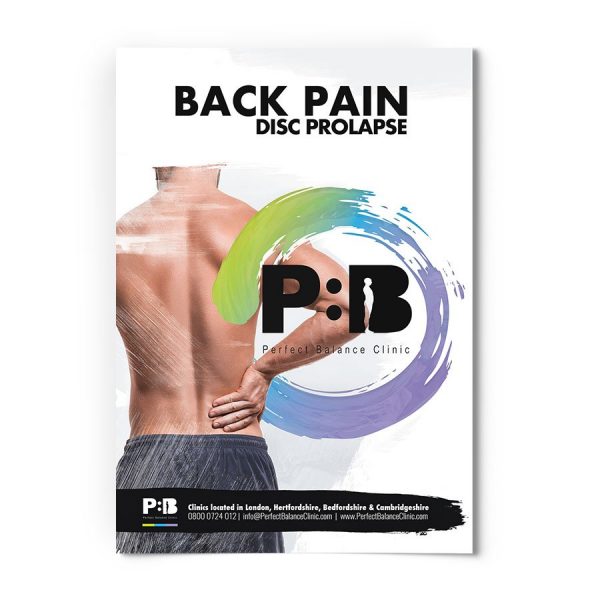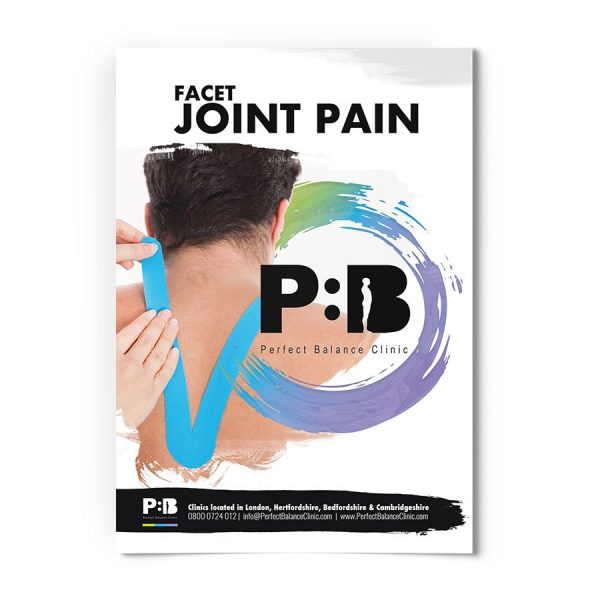What is it?
Have you ever seen the multi-coloured tape on sports individuals? Well, this is kinesiology tape (k-tape). If you have an injury and you are not a sportsman/woman or an athlete, you can still have K-tape applied to you. It was originally developed by Dr. Kenzo Kase over 25 years ago. He discovered the benefits of athletic tape, however, there was a decreased range of motion, the healing process was inhibited and fascia was restricted. As a result, Dr. Kase very quickly decided to create a version known as Kinesio Tex tape which promoted healing processes by working with the lymphatic system (helps with drainage of toxins into the venous system [1].
Features of the K-tape 100% cotton, the elasticity of 30-40% from resting length, allows the skin to breathe, allows a range of motion after application unlike athletic tape, reduced muscle fatigue, can last for 3-5 days after application, heat sensitive acrylic adhesive [1].
What can it do? The purpose of K- Tape designed by Dr. Kase was to aid healing, with versatility, involving various conditions. For example; K-Tape can help support joints, postural correction, fascia correction, ligament correction and lifting techniques, lymphatic technique [2]. These are achieved through various ways of applying the K-tape either through single strips or y shape strips or even a specific pattern created which is beneficial to the lymphatic system.
Risks/Side Effects?
The risks are minimal, however, this does not suggest risks/ side effects cannot be considered. As a clinician, I have noted certain clients have developed a rash due to the adhesive causing a reaction with the skin, sometimes itchy sensation from where the tape has been applied, maybe a little swelling locally. This is rare and therefore if this happens to you, then quickly peel the tape off and let your clinician know. Which conditions can Kinesiology tape be applied to? K-tape is extremely versatile and is able to work with lots of conditions including ligamentous, muscle, joint injuries. Conditions include meniscal damage, whiplash injuries, rotator cuff injuries, frozen shoulder (adhesive capsulitis, Wrist sprain (TFCC) Hamstring strain, Quadricep Strain, Sciatica, Plantar Fasciitis, Achilles Tendinopathy, A/C joint dysfunction, Bursitis of Elbow, Shoulder, Knee and many more [2]. Who uses it at Perfect Balance? Most of the Osteopaths, Physiotherapists, Sports Therapist, Rehabilitation Consultants. So if you are interested, and would like more information, why not speak to our professional clinicians at any of our clinics? maybe you could try it on for an existing or new injury.
For more information about Kinesiology Tape
This article was written by our team of specialist therapists at Perfect Balance Clinic. If you would like more specific advice about how our team can help you with this condition or symptoms you may be having, please complete the contact form below and one of the team will get back to you shortly.
Here are some of our E-Books to help you
Reference
1. Website on Kinesiology Taping Uk about the history and facts of Kinesiology Tape. http://www.kinesiotaping.co.uk/history.jsp Accessed on 6th April 20132.Kase.K, Wallis.J, Kase,T. (2003). Clinical Therapeutic Applications of the Kinesio Taping Method, 2nd Ed, Japan, p4,7-10.










